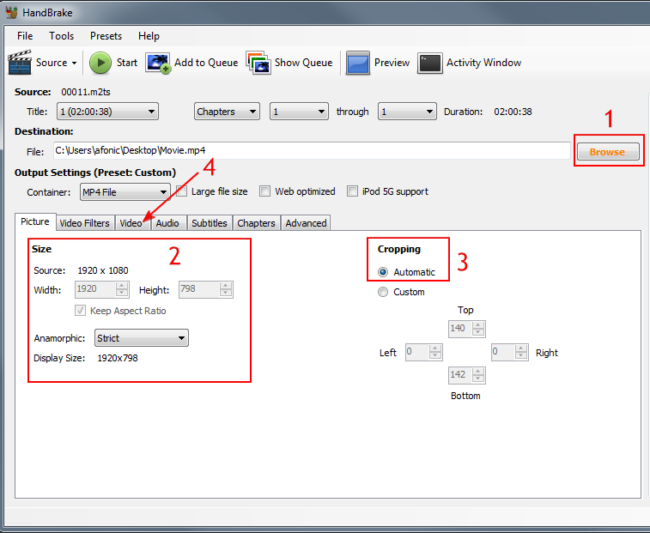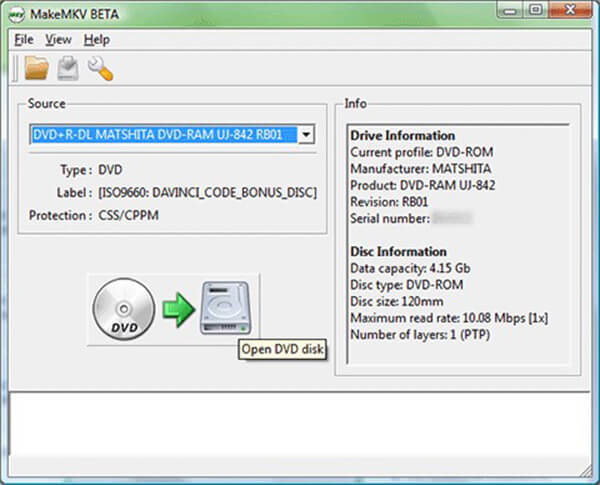

You can use Ubuntu on bare metal or run it under VMware (some have gotten it to work under Proxmox). LG seems to be one of the better drive manufacturers in my experience. If you have a normal 5 1/4″ drive bay I suggest getting the LG WH16NS40 16X blu-ray drive since it is known to not be speed limited. Most Blu-Ray drives have an anti-feature called “riplock” where it will purposefully cripple the read-speed on DVDs and Blu-Rays to around 2X to 4X instead of the advertised drive speed (I believe this to be false advertising). ARM Equipment & Hardware Blu-Ray Hardware and VMware Settings A WARNING ABOUT SOME BLU-RAY DRIVES It was originally designed for headless Ubuntu LTS, but people have gotten it to work on other distributions. Now the ARM has been rewritten in Python and has a number of options to customize the way different people handle media. Since then quite a few contributors have made many improvements. I uploaded the scripts to GitHub under the MIT license.


Once it completes a rip it ejects the disc for you and you can pop in another one. It runs on Linux, it’s completely headless and fully automatic requiring no interaction or manual input to complete its tasks (other than inserting the disk).


 0 kommentar(er)
0 kommentar(er)
